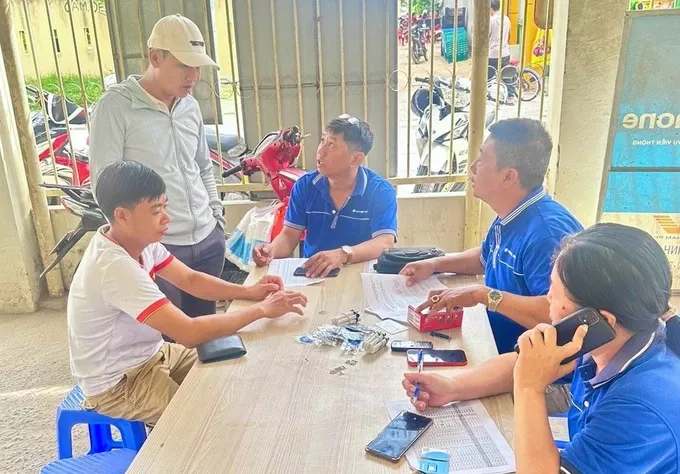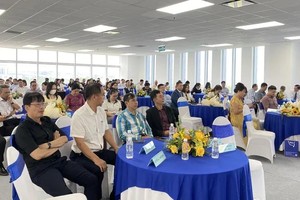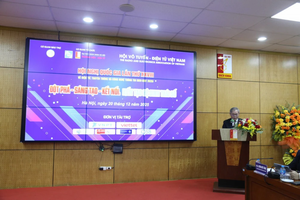
As of September 2024, Vietnam will cease operations of its 2G network. Consequently, frequency licenses granted to telecommunications providers for 2G services will also expire. This decision is aligned with the Prime Minister’s approval for the national digital transformation program until 2025 with a vision to 2030, aiming to popularize 4G and 5G networks and smartphones among all citizens by 2025.
Latest figures from the Telecommunications Authority (under the Ministry of Information and Communications) reveal that over 10 million 2G subscriptions remain active nationwide. Viettel leads with approximately 7.44 million, followed by VinaPhone and MobiFone at 1.3 million and around 1 million, respectively. The number of 2G subscriptions has been decreasing since December 2023 due to the impending network shutdown.
To prepare for this transition and especially the formal 2G turn-off time in September 2024, the Ministry of Information and Communications has enacted a national technical standard for terrestrial mobile communication terminal devices. This mandate requires all mobile devices manufactured or imported into Vietnam to support at least 4G technology.
Moreover, the importation of 2G phones has been prohibited in Vietnam since July 1, 2021. The Telecommunications Authority has also requested mobile businesses not to allow the subscription of new 2G mobile phones from March 1, 2024.
The Information and Communications Ministry has classified both 2G and 3G technologies as outdated, with 2G being particularly obsolete. Most 2G network equipment operated by telecommunications providers has reached the end of its useful life, resulting in high energy consumption and inefficient frequency utilization.
To facilitate a smooth transition, this Ministry has instructed telecommunications providers to expand their 4G infrastructure to cover all areas where 2G services are being discontinued. Particular emphasis is placed on remote, border, and island regions.
The goal is to upgrade necessary infrastructure and achieve 100-percent 4G coverage in all villages with national power grids by 2025 in compliance with Decision No.816/QD-BTTTT, issued on May 18, 2024 about promulgating the plan to develop Vietnam's telecommunications infrastructure for the 2024-2025 period.
To officially shut down the 2G network and support 2G subscribers, especially those in disadvantaged areas or the vulnerable groups, the Ministry has directed telecommunications providers to implement communication campaigns and offer special incentives for mobile phone users to upgrade to 4G phones.
Viettel has established 10,000 device exchange points nationwide and partnered with retailers like The Gioi Di Dong to provide 50-to-70-percent discounts and data bonuses for 4G devices. MobiFone offers free 4G SIM cards and data packages to customers who switch to 4G. Additionally, both providers are distributing free feature phones such as Masstel Izi S1 with 4G capabilities to low-income households when they sign up for the 12-month 4G plan.
VinaPhone has initiated a campaign to assist customers in upgrading their devices to 4G, partnering with retail chains like The Gioi Di Dong and Dien May Xanh to facilitate this transition.
According to Deputy General Director Le Dac Kien of VNPT VinaPhone, his company has prepared its network and procured 4G-compatible devices to meet the growing demand for device upgrades. In addition to 4G smartphones, VinaPhone also offers basic 4G phones at zero cost for easier customer adoption.
Mobile retailers have also introduced affordable 4G phones to cater to consumer demand. Nguyen The Kha, Commercial Director of FPT Shop, stated that the company is currently running a 2G device trade-in program across all its stores. Customers can exchange their old 2G phones for basic 4G devices at prices ranging from VND500,000 to 700,000 (US$20-28).
Similarly, The Gioi Di Dong offers a VND300,000 ($12) subsidy for customers trading in their 2G devices for 4G models. The retailer provides a wide range of basic 4G phones starting from VND500,000 as well as nearly 50 smartphone models priced between VND2 and 5 million ($79.3-199) to support customer upgrades.
The decision to phase out 2G aims to optimize the use of frequency resources for more advanced telecommunications technologies and align with global trends. Upgrading to 4G enables users to access high-speed internet and conveniently utilize online services for education, healthcare, payments, and entertainment.
With the government's strong support and the concerted efforts of telecommunications providers and retailers, it is anticipated that 2G users will swiftly transition to 4G devices, driving further technological advancement.
























